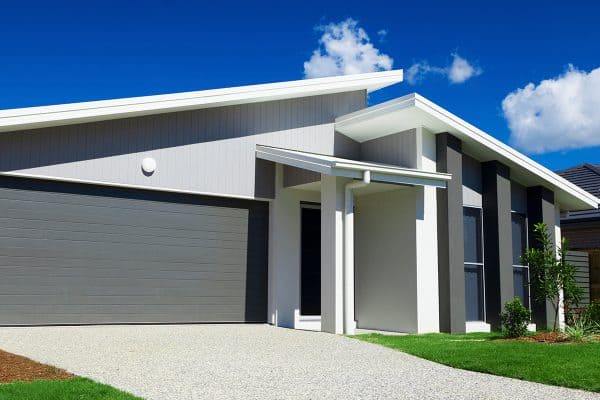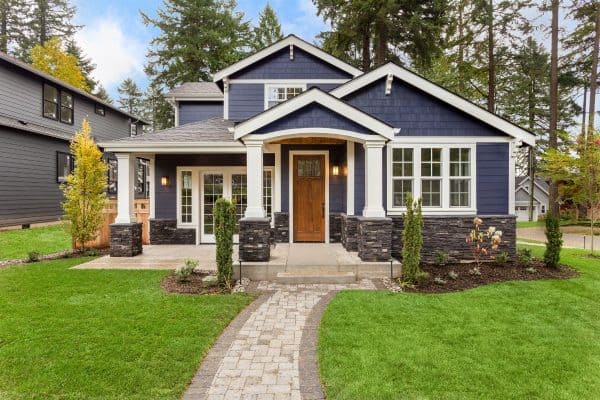The exterior paint of the house is what's instantly noticeable from the outside. How many times have your attention been caught by a newly painted house, right? But the real concern among homeowners is, how long will the paint last? We asked the experts about this and here's what we got from them.
Yes, exterior house paint fades over time due to climate conditions. Other influencing factors that determine how fast the fading would happen are the quality and paint type used and the material where it was applied on. On average, exterior paint is expected to last between 5 and 7 years.
Keep on reading to know more about how long exterior paint is expected to last on the outside of a house and the factors that affect the rate of fading. We'll also give you tips on how to make the paint last longer. Let's get right on to it!
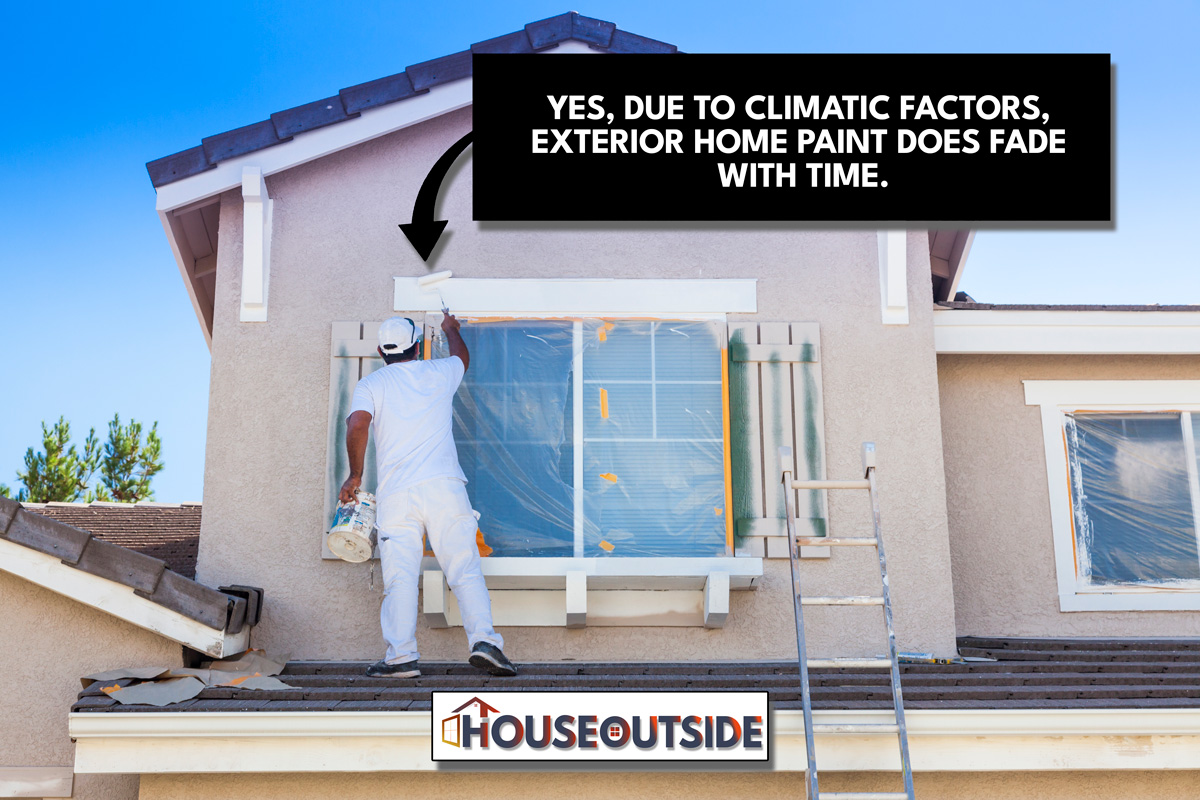
How long does paint last outside of the house?

We cannot deny that the look of the house from the outside is very important. And its paint has a lot to do with it. It is the first thing that guests and passersby notice. Whether you like it or not, they will form their own opinions about your house based on what they see. As they say, first impressions last.
A well-painted house exterior increases the home's curb appeal and value. It is attractive and can easily stand out from the rest of the neighborhood. If you plan to sell it anytime soon, you will most probably get a good resale value out of it.
Best of all, exterior paint protects your house from the elements. It provides an additional protective layer over the material that the house is made of. It shields it from dust, dirt, insects, and weather damage. In effect, its structure will last longer.
In contrast, a house with faded exterior paint looks old, unattended, and battered by severe weather conditfions. It could even look scary. In simpler words, it's not nice to look at.
Yes, exterior house paint fades over time. It is a natural phenomenon. What was once a bright and lovely house would someday lose the vibrance of its color.
This is bound to happen anytime between 5 and 7 years after the exterior house paint has been applied on the surface.
As such, homeowners are advised to have the exterior of their homes repainted every 5 to 10 years. It is an investment that will protect your house from the elements, increase its value, and make it stand out.
Why does home exterior paint fade?

So what happened over time from the initial paint application? Take note that the exterior portion of a house is the one that's most exposed to various environmental conditions and all of these take a toll on its appearance.
The rate of fading of the exterior paint is not just influenced by climate conditions but also the type and quality of paint used, and even the material where the paint was applied on as we'll discuss further in the next section.
Climate Conditions
When you frequently experience harsh weather conditions in your area, you can expect your exterior paint to be battered over a shorter period compared to those living in places with milder climate.
Paint, like other materials, has chromophores. These molecular structures absorb photons from available sources of light and emit the material's color which is what we actually see.
The thing is, the photons coming from the sun have a higher level of energy compared to other light sources, particularly its UV rays. They degrade the paint's chromophores at a faster rate. This affects the paint's ability to emit its original color which is why we notice the faded color instead of its original hue.
Meanwhile, heavy rains can also damage the paint and cause some of its material to wear off over time.
Type and Quality of Paint Used
The type and quality of paint that you choose would also determine how fast the fading would occur. Organic paints don't do well against UV rays and extreme weather conditions. They would disintegrate faster than synthetic ones.
Choosing a flat paint that isn't able to reflect the light and harmful rays coming from the sun would also lead to faster fading. Darker paint colors are also more susceptible to fading quickly.
Material Where Paint Was Applied To
The material that your home's exterior is made of also affects the rate of fading. First of all, make sure that the paint you choose would adhere well to the surface of your exterior's material. If they are not compatible, the paint won't last that long even if it is made of high quality ingredients.
In general, experts say that exterior paint lasts for about 3 to 7 years when applied on wood. On aluminum surfaces, fading happens in 5 years while paint on stucco material would last for 5 to 6 years.
Knowing these factors that affect the rate of color fading will help you manage your expectations and prepare for the next repainting job so that you can improve the look of your house and provide the protection that it needs.
How do you make exterior paint last longer?
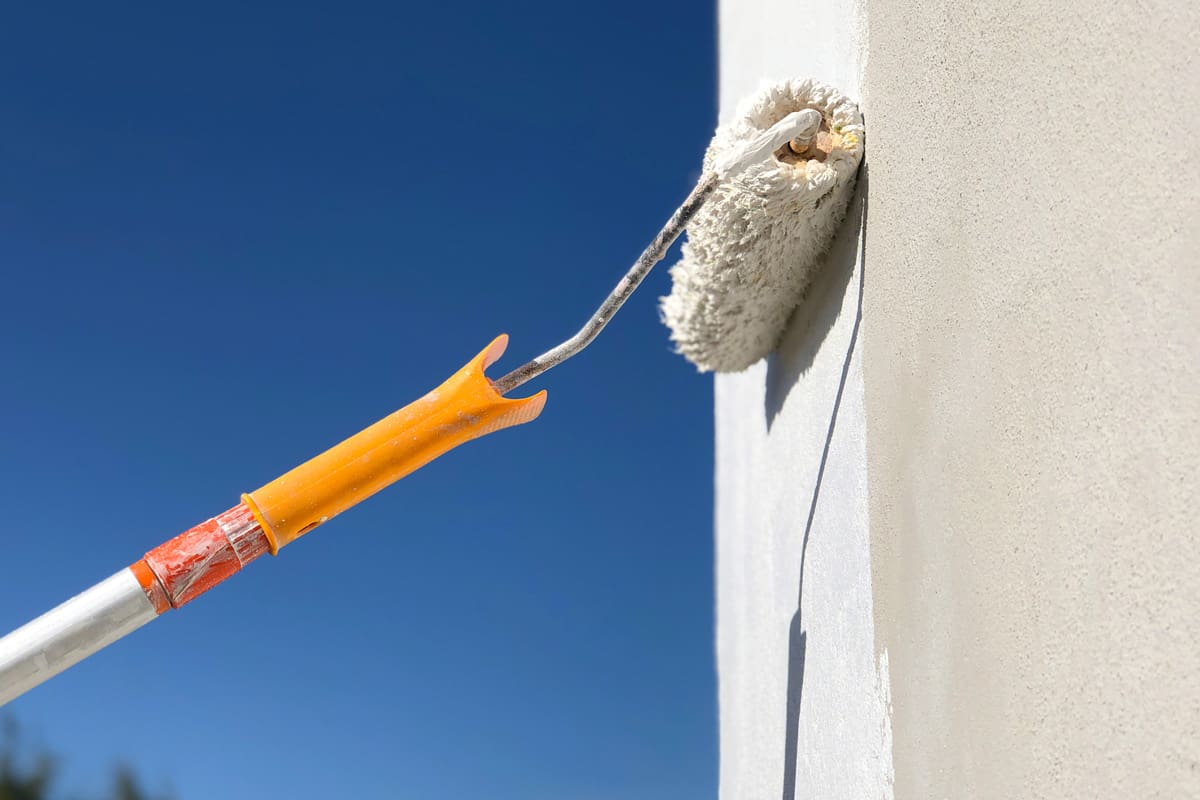
While you cannot stop the paint from fading, there are certain things you can do to delay it and make the paint last longer. After all, who doesn't want to save on the cost of having to repaint the exterior of your house every so often, right?
Here are some tips from the experts.
Type of Paint
Acrylic exterior paint is said to be the most fade-resistant among all paint finishes. Compared to other types, acrylic paint lasts the longest and its colors can stand up better against harsh environmental conditions.
Check out this acrylic latex paint on Amazon.
Paint Color
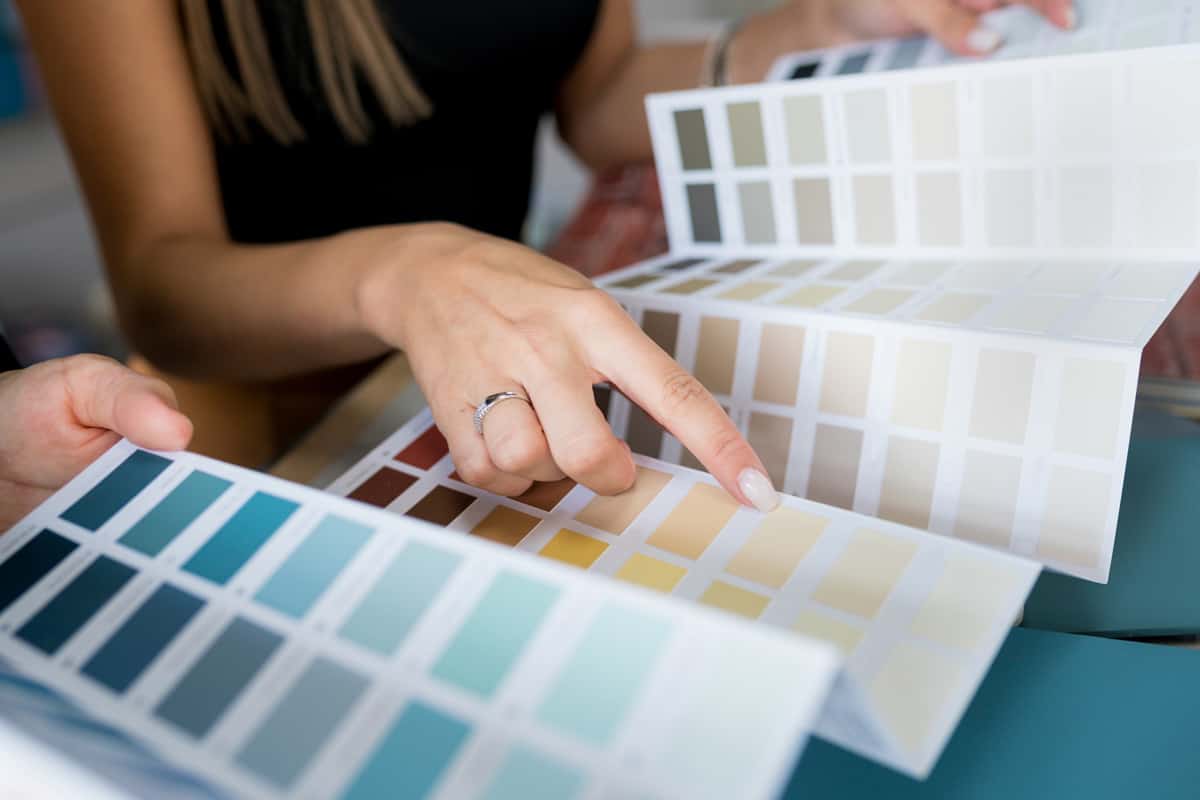
There's a reason why almost all houses in your neighborhood have light colors. In general, lighter hues do not fade as fast as darker ones. If you have a preference for dark colors, use them to highlight certain portions of your house's exterior instead and not on the entire facade.
Paint Application
Experts recommend that you schedule the application of your house's exterior paint during early summer or early fall. These are the times when you can expect good weather conditions without rainfall for successive days. The wind is also calmer at these times.
The ideal temperature range is between 60 and 85 degrees Fahrenheit so that the paint will dry completely and evenly. This will also give it sufficient time to cure properly. Once this is achieved, the paint will form a smooth film and you'll have a very protective layer of paint outside your house.
Maintenance
The problem with wall paint is that we oftentimes forget about it after it has been applied. That's where the problem lies. Do not neglect how this portion of your house looks or else it'll look older than it really is.
Some routine maintenance includes gentle washing of the surface using mild soap and water. You can also add a few drops of bleach. Use a soft-bristled brush to remove dirt that has settled on the wall or mildew that has formed over time.
By choosing the right type and color of paint, applying it in favorable weather conditions, and performing routine maintenance on your house's exterior paint, you will have it looking like new for a long time.
Final Thoughts
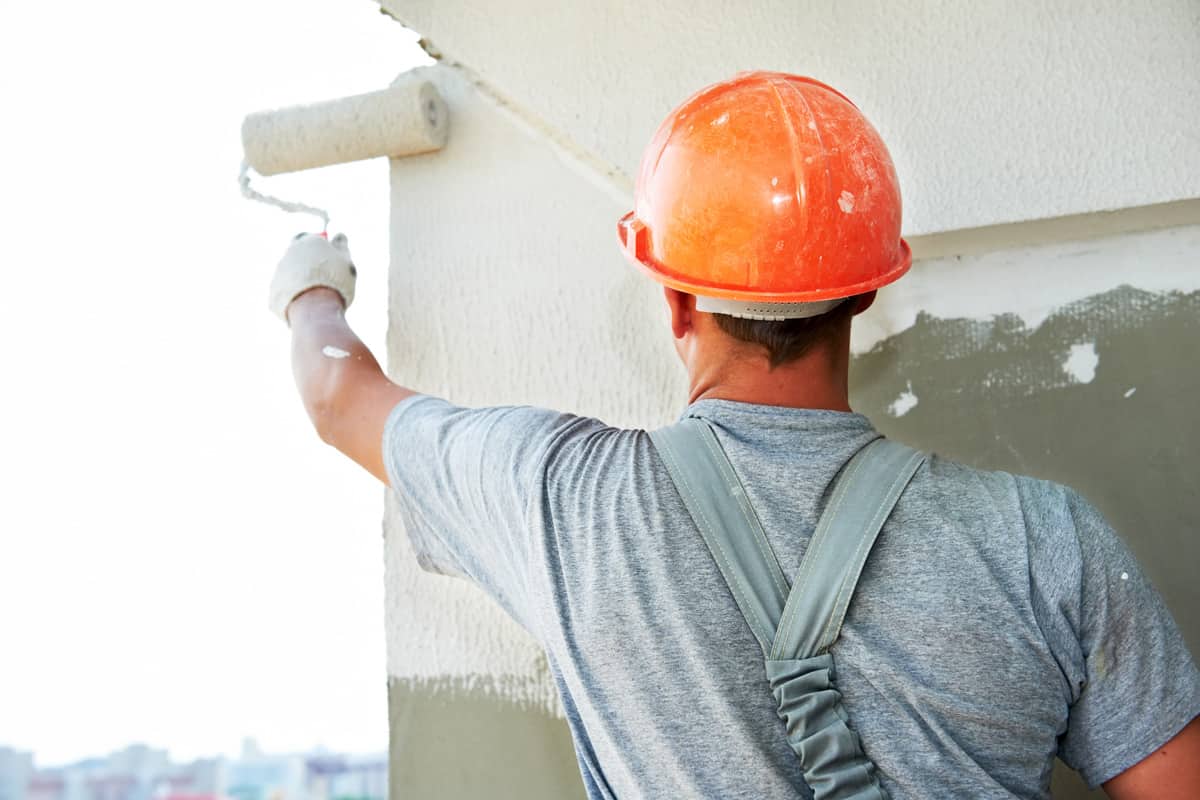
Your house's exterior paint does fade over time so prepare yourself for the possibility of having it repainted when its color no longer adds value to the protection that it provides and its overall appearance.


